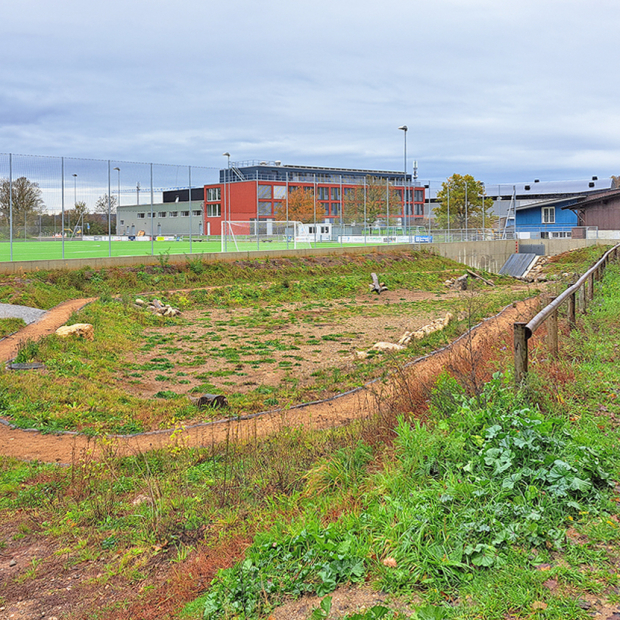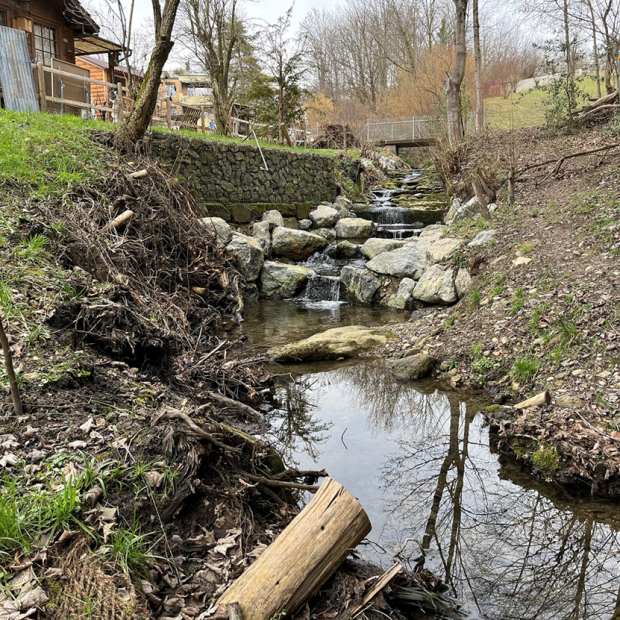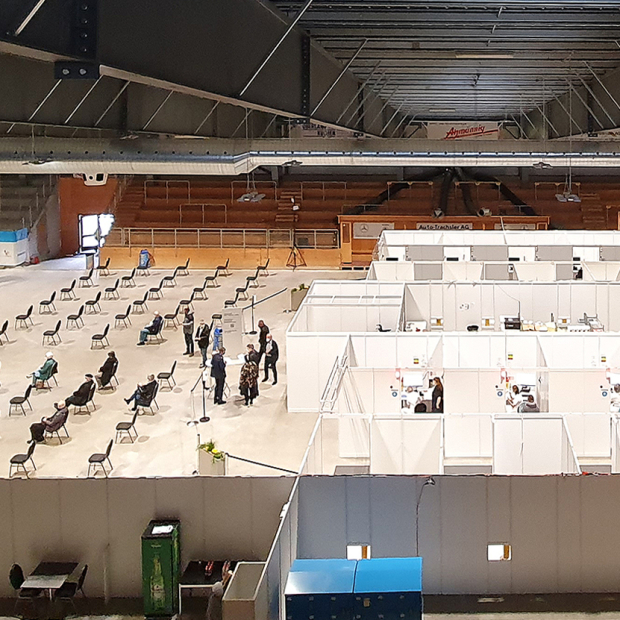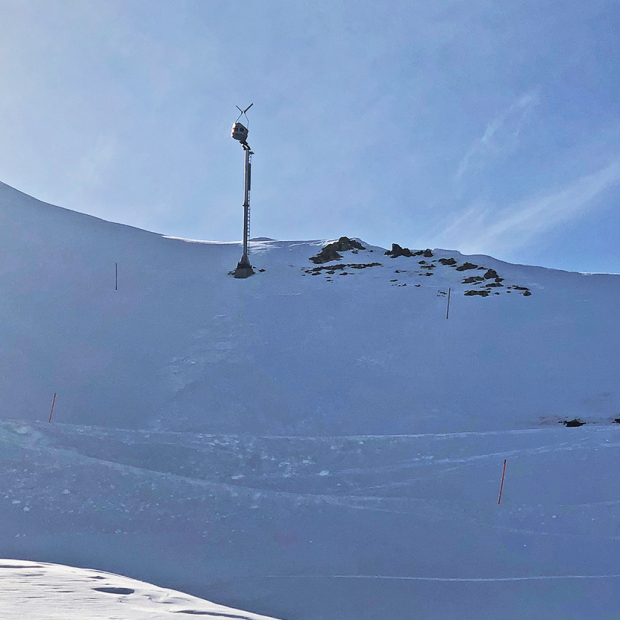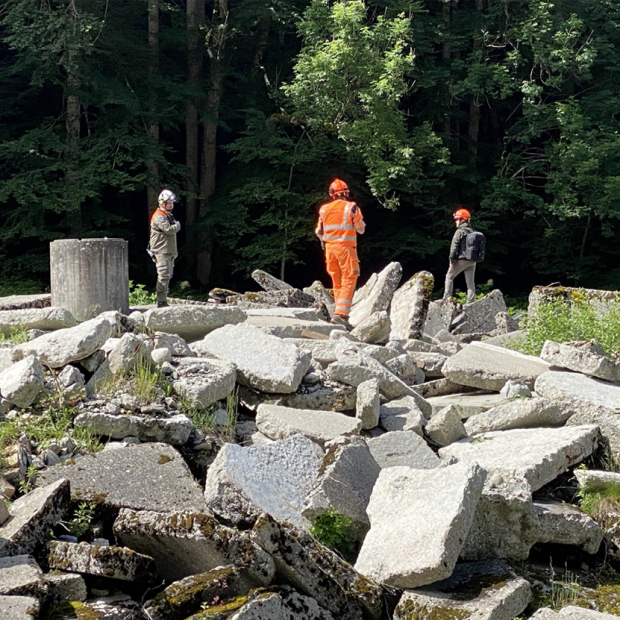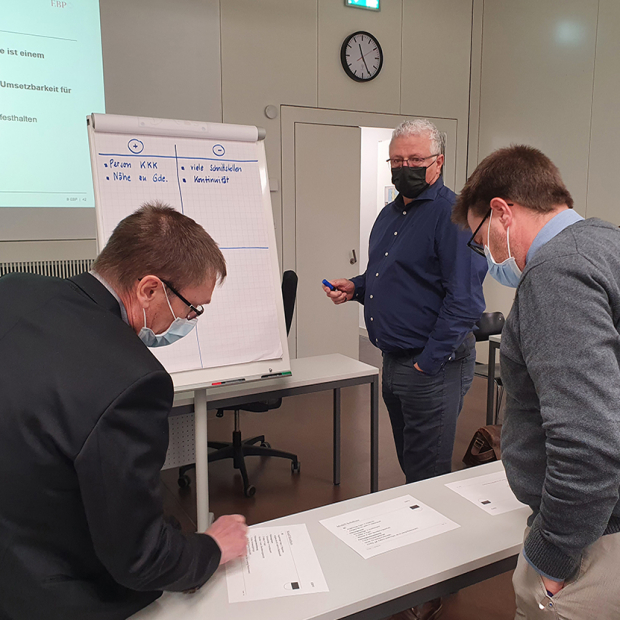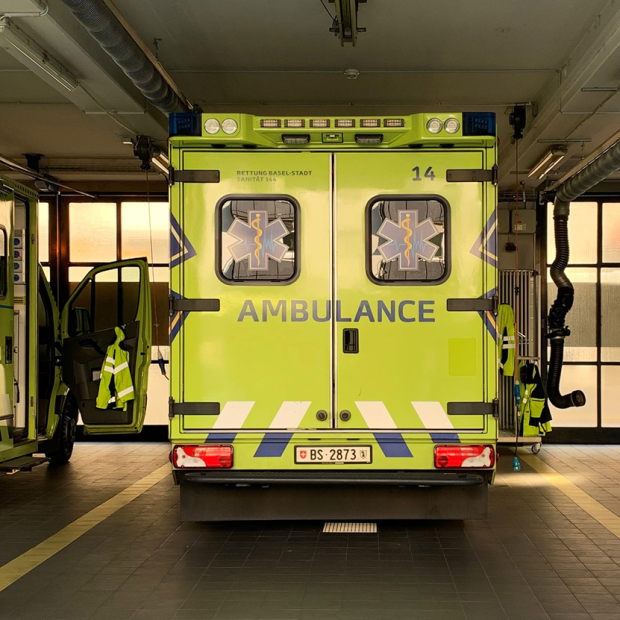

Pilot study of the large-scale evacuation of the Alpine Rhine Valley
What factors will need to be taken account of to enable a successful evacuation of the Alpine Rhine Valley? EBP analyses the major factors, including transport and logistics, as well as the evacuation of disabled persons and the management of hazardous materials.
After concluding on the basis of a feasibility study that an internationally coordinated evacuation of the Alpine Rhine Valley is essentially possible and worth planning for, EBP has been commissioned to continue its examination at a deeper level so as to account for the relevant local circumstances and to specify the main evacuation-planning components that will need to be coordinated at an international level.
Given that all three of the countries bordering the Alpine Rhine River are currently at work on their own broad evacuation plans, our first task was to examine the existing provisions for civil protection in each of the countries. For instance, we conducted interviews with experts to gather information about the exact areas of evacuation, relocation centres, transport and accommodation capacities, emergency communication networks and the rescue of farm animals.
Our results include various factors with respect to which it would be particularly important to work out an internationally harmonised plan (e.g. transport) or to at least arrive at a consensus (e.g. hazardous materials management). The countries bordering the Alpine Rhine River are scheduled to resume their joint planning efforts at the end of 2017, once the results of various current projects have been made available.
Picture Credits: VBS

